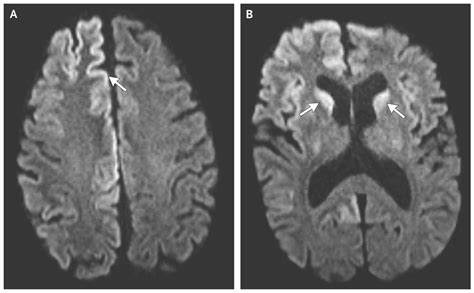This is the VOA Special English Science Report.
American scientists say that two drugs have shown to be effective against the protein thought to cause the deadly brain condition Creutzfeldt-Jakob disease, or CJD.
CJD causes holes to develop in the brain. It is rare, and cannot be cured. It usually affects people sixty-five years old or older. More than one-hundred people in Europe have died or are dying from it. Most of the victims live in Britain.
These victims suffer a kind of CJD linked to the cattle sickness known as Mad Cow Disease. Its real name is bovine spongiform encephalopathy, or BSE. Scientists believe that eating infected beef from a cow suffering BSE is one cause of CJD. The infectious proteins are thought to damage healthy proteins and cause holes in the brain.
The American researchers reported the results of their recent work in “The Proceedings of the National Academy of Sciences.” The researchers are from the University of California at San Francisco. They say their research shows that two drugs can clear the infectious proteins from mouse brain cells.
The drugs are quinacrine and chlorpromazine. Quinacrine was used in the Nineteen-Forties to treat malaria. Chlorpromazine is used to treat the mental disorder schizophrenia. Quinacrine appears to be more effective in stopping the deadly protein activity. However, chlorpromazine crosses more easily into the brain.
The researchers in San Francisco already have treated two CJD patients with the drugs. One patient is British. The other patient is American. The results are not clear, although a British newspaper has reported improvement in one of the patients.
The researchers are preparing to test the drugs in more people to see if they are effective against CJD. This process will begin next month. The patients will go to the university hospital for two weeks of treatment with one or both drugs. They will continue taking the drugs for another six months at home.
The study will try to find the correct amount of each drug to use. And it will measure how much of each drug gets into the patients’ brains. The treatment will be considered successful if patients survive longer and are able to take part in daily activities of normal living.
This VOA Special English Science Report was written by Nancy Steinbach.
